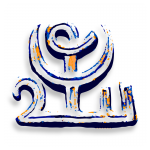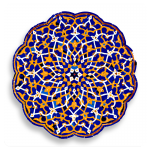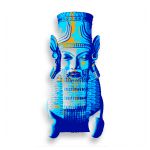Iran as a country in the middle east is probably known for having a lot of mosques which is not an incorrect idea. But surprisingly we have many beautiful churches as well. Christianity has a long history in the middle east and Iran, and we have had even Christian kings and queens during the ancient times like Parthian or Sassanid periods.
The relation with Persian Empires and Christians mainly has been influenced by the relationship between the two great empires of Sassanid and Rome until the invasion of Arabs in the 7th century and the end of the Persian Empire.
Right now we have around two main Christian Churches in Iran, the Armenian Church and the Assyrians Church. Of course, there are Catholics, Protestants, Greek and Orthodox Churches but in a very limited population.
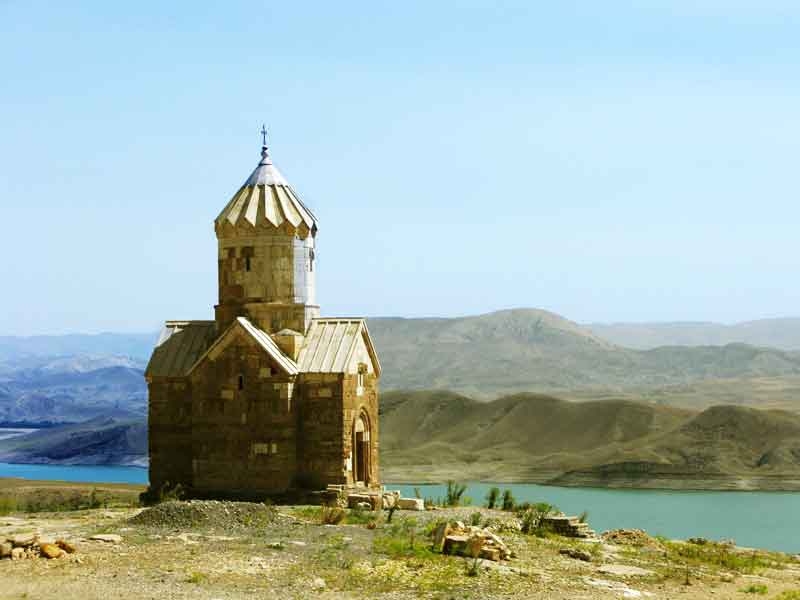
Dzor Dzor church in Maku county ,Iran
The Assyrian Church of East
These Christians consider themselves the descendants of the ancient Assyrians in Mesopotamia. After the fall of the empire, they have joined the Iranian population and soon after the emergence of Christianity in the first century they converted into Christianity, therefore they are one of the most ancient churches of the Christendom. This community is spread in northern Iraq, southeastern Turkey, northeastern Syria, and northwestern Iran, especially in the City of Urumia. their population in Iran is currently about 20,000 and they have one deputy in the Parliament of the Islamic Republic of Iran.
The Armenians of Iran
Like the Assyrians, the Armenians are also proud to be one of the ancient nations who have converted to Christianity. Once the Roman Empire became officially Christian, the Christians of the Persian Empire suffered a long period of persecution, notably during the reign of Shapur II (309 – 379) and Yazdgerd II (439 – 457). However, the relations were not always hostile and we have the record of Christians having served in the kings’ court such as Khosrow II (570 – 628) who married a Christian – Armenian named Shirin, and also his minister of finance, Yazdin, was a Christian. His tolerant policies toward Christianity and even his financial helps to churches, even made some Armenians believe that he was converted to Christianity.
Another course of history of Iran that had great influence on Armenians was the Safavid Empire (1501 – 1736), specially during the reign of Shah Abbas I (1571 – 1629) who forced Armenians of the northwestern frontiers of Iran, notably in the region of Jolfa, to immigrate to Isfahan in the center of the empire and the new capital of Iran. Their community remained in Isfahan through the centuries and their neighborhood is named Jolfa after the name of their original region in northwestern Iran. The Iranian-Armenians are currently living in Isfahan, Tehran, Shiraz, Tabriz, and Hamadan and their population is about 120,000 with two deputies in the Parliament.
The current policy of the Islamic Republic of Iran toward Christians
According to the constitutional law of Iran, all of the People of the book, which is an Islamic term refers Jews, Christians, Sabians, and Zoroastrians, who are tolerated and respected and have almost equal rights as Muslims. I said almost because they have some limitations, for example, they cannot the elected as ministers, as presidents, they cannot be the representative of the community of Muslims in the Parliament or City Councils and they cannot propagate their religion. This is why the Muslims cannot participate or even enter their churches for the ceremonies, except for historic churches which are considered museums.
The following are some of the beautiful and historic churches of Iran, some of them are among the most ancient churches of the world and registered as UNESCO heritage sites as well.
Monastery of Saint Thaddeus
Saint Thaddeus was a Christian apostle and had come to the area to preach the Christian religion. In 66 A.D, Thaddeus was tortured and killed along with the king’s daughter and several newly converted to Christians at the orders of the Armenian king of the time. Their bodies were buried beneath the site where the Church was built.
This church is currently located in the middle of the farm surrounded by small villages in a peaceful area. The local calls it Qar-e Kelisa which mean the Black Church.
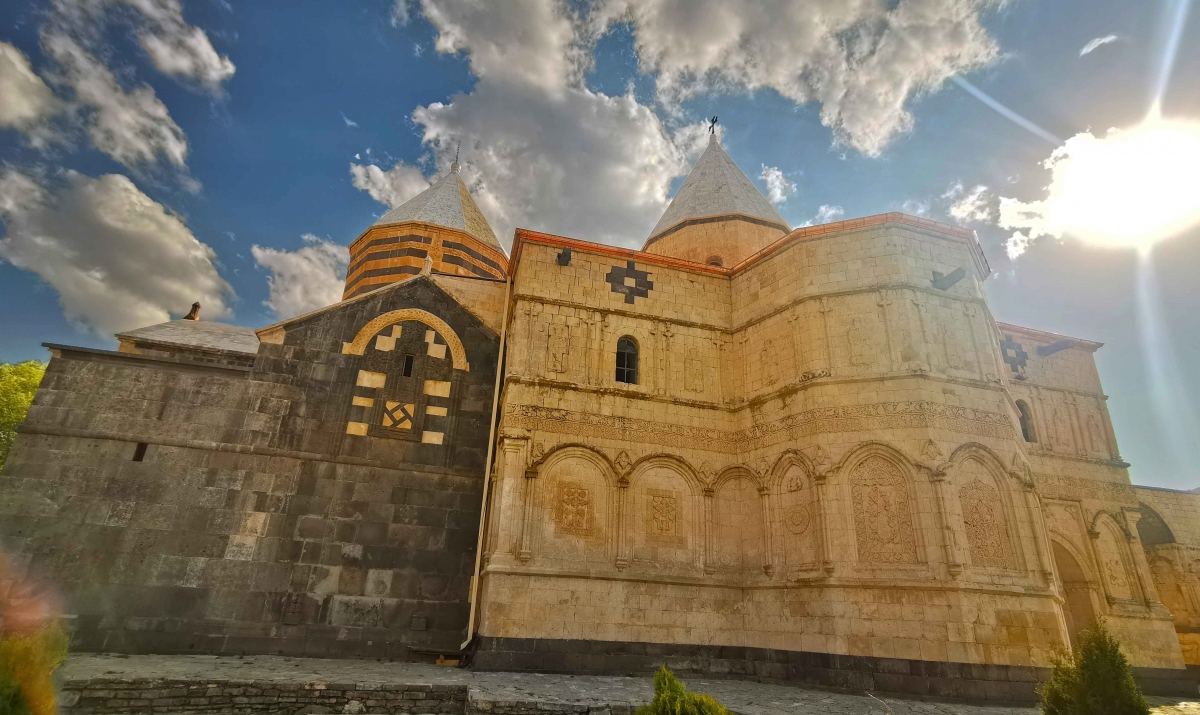
Monastery of Saint Thaddeus in Western Azarbaijan , Iran
Saint Stepanos Monastery
The Stepanos, derived from the name Stephen in Armenian, is the first martyr of Christianity, and there are numerous churches of the same name in most countries of the world. St. Stephanus or St. Stephen is the first Christian martyr to be stoned to death in Jerusalem on the 5th December of 36 AD.
This church is not only one of the most beautiful churches but also one of the outstanding stone buildings in Iran. Built-in the 9th century, this church is the second most important Armenian church after the Monastery of Saint Thaddeus. The church has gone through several periods of restoration and reconstruction, and have been always a respected place not only for the Armenians of the region but also for the Muslim kings.
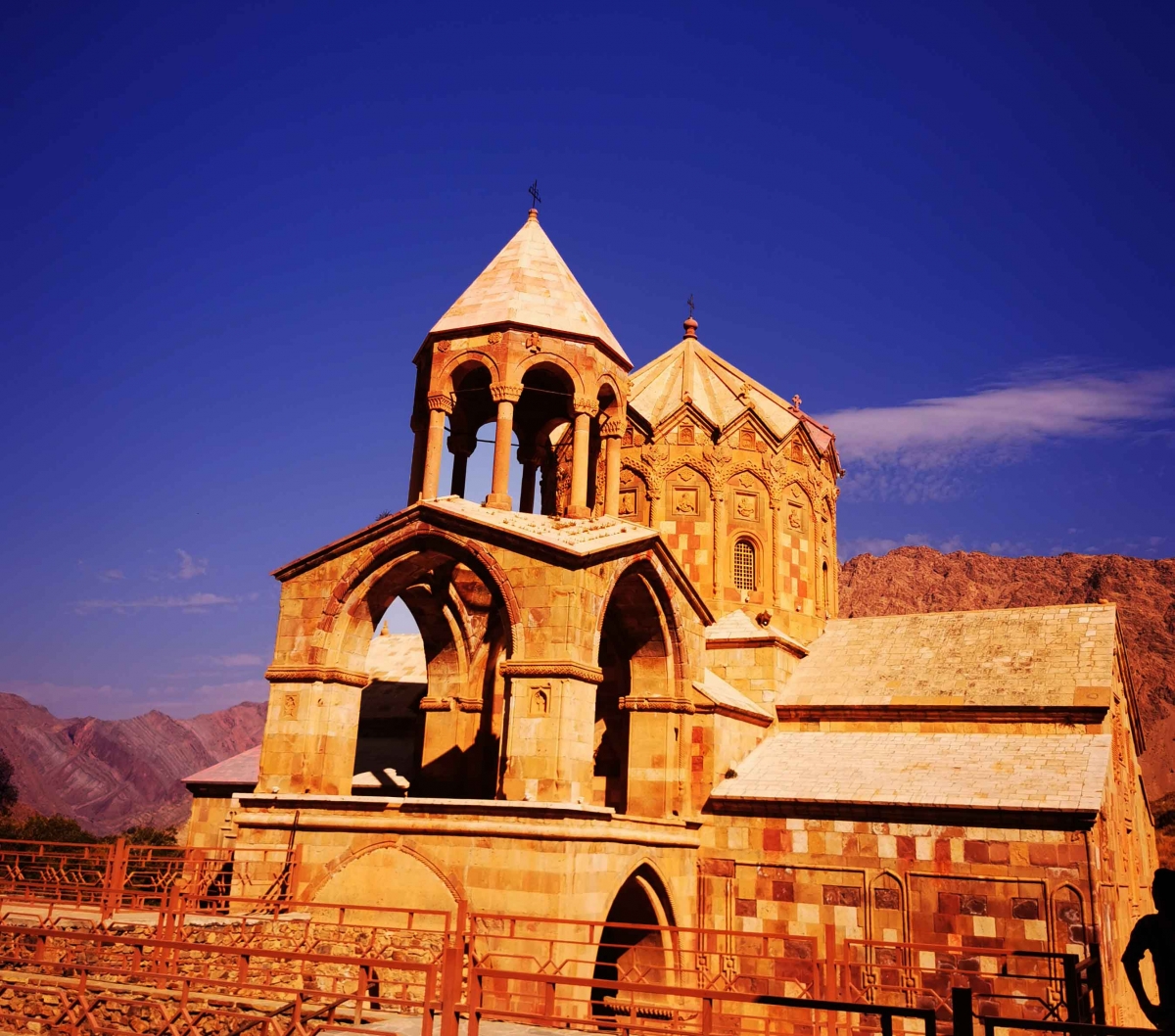
Saint Stepanos Monastery in Jolfa, Iran
St. Mary Church of Urumia
St. Mary Church or as we say in Persian the Church of Mother Mary, is an ancient Assyrian church located in the city of Urmia, West Azerbaijan Province, Iran. It is considered by some historians to be the second oldest church in Christendom after the Church of the Nativity in Bethlehem in the West Bank.
According to some legends, this church used to be a Zoroastrian fire temple, but the three priests who used to serve and pray in this temple saw a shining star toward east which was promising the birth of a new prophet and the awaited Massiah. They traveled to Jerusalem to see the baby and once they came back, they converted their temple into a church.
Currently, there is a new church attached to the ancient church which is used for usual ceremonies and there are other administration buildings in the complex being managed by the Assyrian community of Urumia.
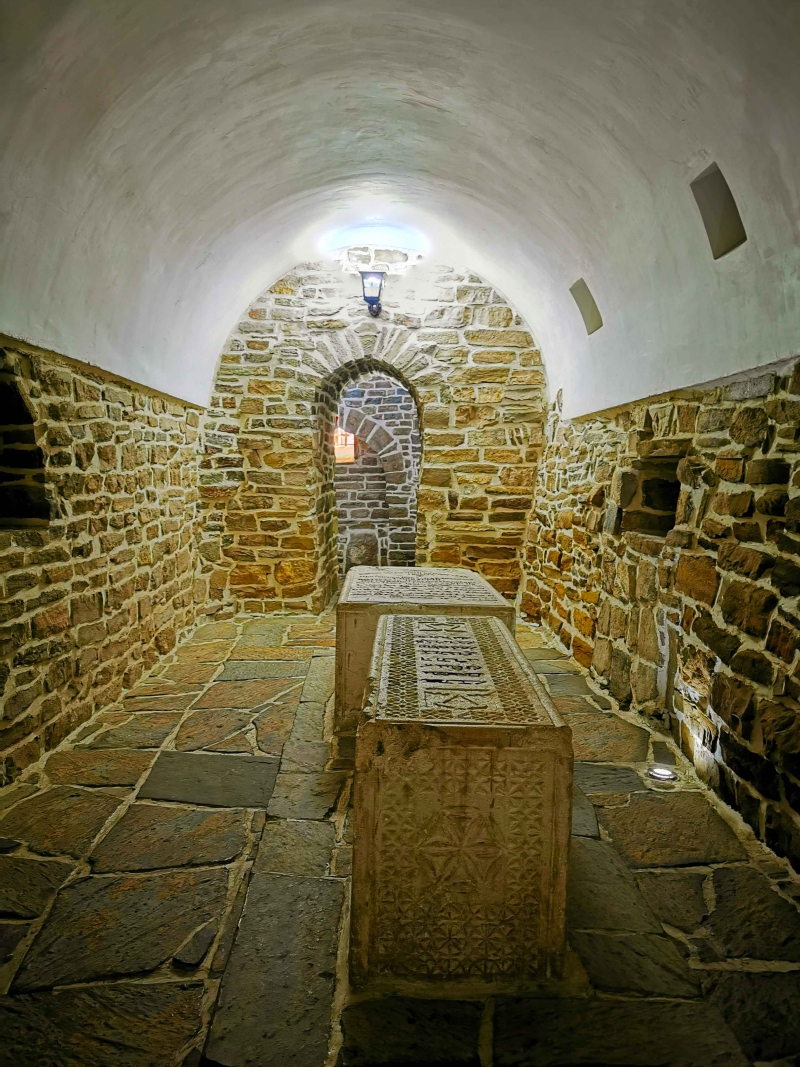
Mother Mary Assyrian Church in Urumia, Iran
Holy Mother of God Church or Surp Mariam Asdvadzadzin Church
Maybe not as ancient as the previously mentioned churches, this church was built in 1937 in Tehran by Armenians who took refuge in Iran from the Ottoman genocide and the Stalin’s purge. The architecture of the church is an inspiration of 9th and 10th-century Armenian churches and also the Byzantine architecture. The church is located in 30-Tir street at the downtown of Tehran, the street is also called the street of religion since other than this church, a Zoroastrian fire temple, a mosque, and a synagogue are also located in the same street.
Holy Savior Cathedral
One of the main attractions of Isfahan, located in the lively neighborhood of Jolfa on the southern bank of the Zayande-Ruh river. The Holy Savior Cathedral is also known as Vank is one of the thirteen Armenian churches of Isfahan but the only Monastery of the city, which were built after the forced immigration of the Armenian to Isfahan in 16th century. There are two dates of construction for the church since the church has gone through reconstruction in the late 17th century to resemble more a mosque! The complex includes the church which is open to visitors every day and also two museums and several administration buildings and libraries.
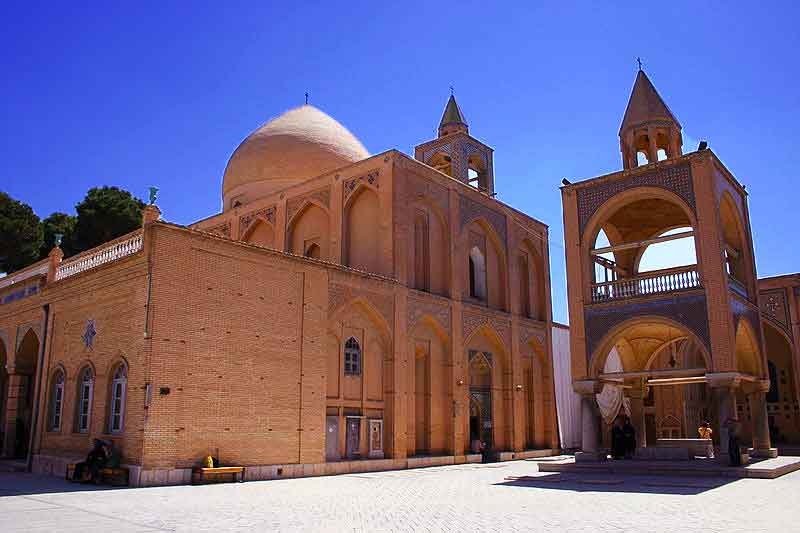
Vank Cathedral in Isfahan, Iran
Bethlehem church
The Bethlehem church is 10 minutes far from the Holy Savior Church in Isfahan. A very small but amazingly beautiful church on the side of the street, also open to visitors. The paintings of the church are recently restored; the church is decorated with 72 paintings yet the decoration of the dome is the unique part of the church. This church was chosen by The Telegraph in 2017 as one of the world’s most beautiful church.



